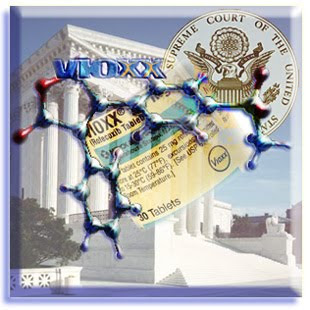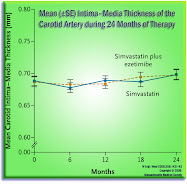. . .[T]hroughout Mrs. Johnson’s 33 years in NASA’s Flight Research Division — the office from which the American space program sprang — and for decades afterward, almost no one knew her name.
The work of the women altered the country's history but their names were largely unknown until the movie received acclaim. Jackson died in 2005, and Vaughan died in 2008.
Johnson began working at NASA's predecessor, the National Advisory Committee for Aeronautics (NACA) in 1953 at the Langley Laboratory in Virginia.
She said her greatest contribution to space exploration was making "the calculations that helped sync Project Apollo’s Lunar Lander with the moon-orbiting Command and Service Module." In other words, helping to put men on the moon in 1969.
She was also the first woman in the Flight Research Division to receive credit as an author of a research report for her work with Ted Skopinski on detailing the equations describing an orbital spaceflight. . . .
She was born in White Sulphur Springs, West Virginia, in 1918 and skipped several grades due to her "intense curiosity and brilliance with numbers," her NASA profile says. At 13, she was attending the high school located on the campus of the historically black West Virginia State College, and enrolled there for undergraduate studies at 18. . . .
It was at West Virginia State that she found a mentor in Professor W. W. Schieffelin Claytor, the first African American to publish in a mathematical research journal and the third African American to earn a doctorate in mathematics. . . .
Mrs. Johnson earned a bachelor’s degree in mathematics and spent her early career studying data from plane crashes, helping devise air safety standards at a time when the agency’s central concern was aviation. Then, in October 1957, the launch of the Soviet satellite Sputnik thrust the space race into full tilt. . . .
Travel light — and travel well, Katherine. Smiling, now. . . .

नमस्ते

















No comments:
Post a Comment